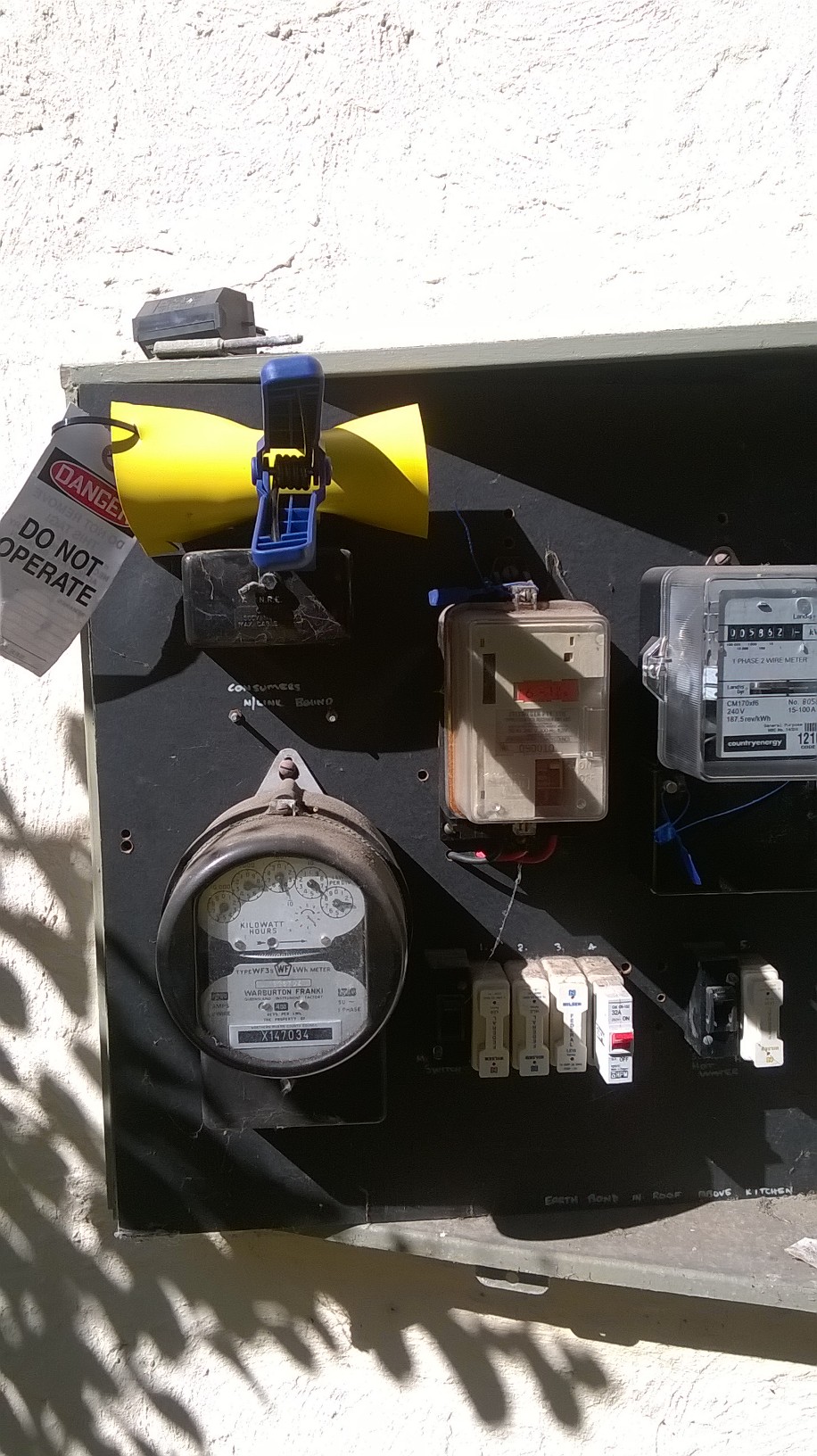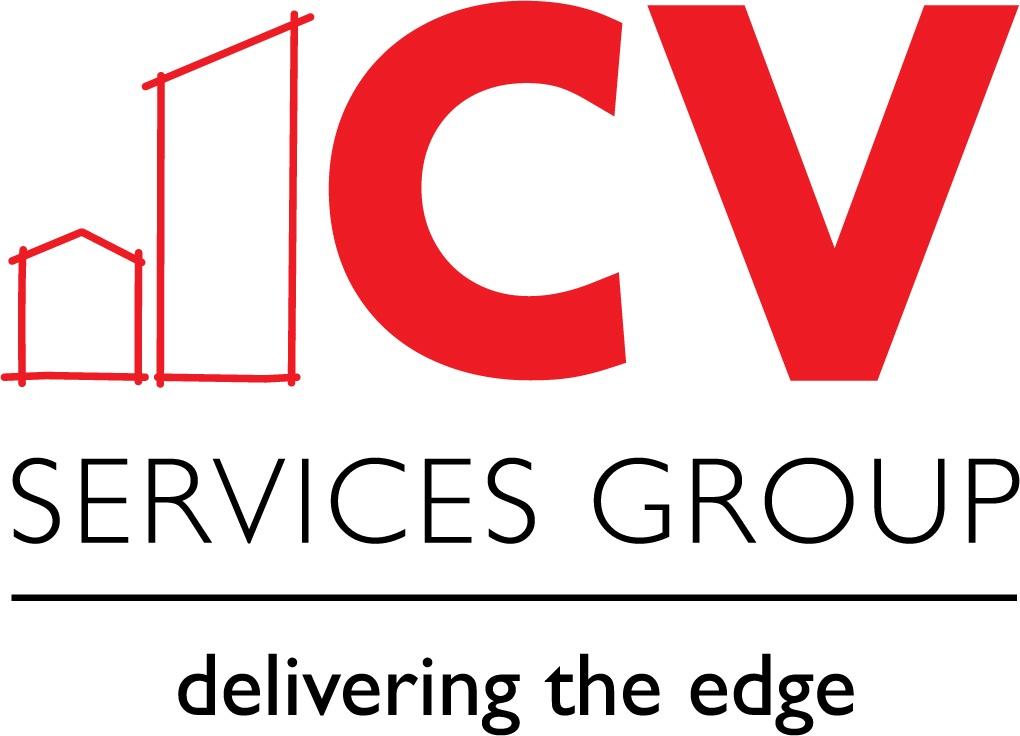Information
-
Audit Title
-
Client / Site
-
Conducted on
-
Prepared by
-
Location
-
Personnel
1.0 - Safety Files
-
1.1 - Is the safety on file and accessible across the site ?
-
1.2 - Are weekly safety meetings held and are documented notes and attendance rosters available ?
-
1.3 - Are weekly site inspections being performed and documented?
-
1.4 - Are JSA/SRA risk assessments complete and up to date ?
-
1.5 - Are EHS policies and procedures, including customer requirements, effectively communicated to contractors and subcontractors?
-
1.6 - is there a means of assigning responsibility for tracking closure of open compliance items?
-
1.7 - Are GE safety orientation talks being performed and documented?
-
1.8 - Are toolbox talks being performed and documented?
-
1.9 - Has the initial site inspection been performed?
-
1 10 - Has a contractor EHS review been completed for any subcontractors and contractor?
2.0 - Health and Welfare
-
2.1 - Are there an adequate number of toilets supplied to the site? (>20 employees => 1 toilet per 40 workers; >200 employees => 1 toilet per 50)?
-
2.2 - Are hand washing stations available on site?
-
2.3 - Is drinking water available on site and distributed properly? (note: container must be labeled, secured, and cups provided.)
-
2.4 - Is there adequate lighting for non daylight operations?
-
2.5 - Are all industrial hygiene hazards identified in the JSA/SRA risk assessments for the task performed? i.e. asbestos and lead abatement
-
2.6 - Are activities identified in question 2.5 above done by trained, qualified and/or licensed contractors?
-
2.7 - Are only qualified and trained employees allowed to install, adjust, and operate laser equipment?
-
2.8 - Does the site have security plan available?
-
2.9 - Does the site have a emergency data sheet maintained and posted and where applicable an expat roster?
-
2.10 - Where required are work hours being tracked?
-
2.11 - If he site is located on a refinery or chemical plant was the trailer sitting risk assessment completed?
3.0 - Emergency Preparedness and Prevention
-
3.1 - Is there a site specific Emergency Response Plan (evacuation plan, etc.) and is it posted?
-
3.2 - Are emergency contact numbers posted and verified?
-
3.3 - Have on-site/off-site medical service providers been identified?
-
3.4 - Have site personnel been trained in emergency procedures including reporting and evacuation?
-
3.5 - Are accident investigations conducted including near misses?
-
3.6 - Have on-site trained first aiders been identified?
-
3.7 - Is there a fire protection system or fire extinguishers posted on site and offices and other buildings?
4.0 - Housekeeping and Waste Management
-
4.1 - Are work areas clear of tripping hazards and debris?
-
4.2 - Are there designated disposal areas?
-
4.3 - Have recycling provisions been taken?
-
4.4 - Have approved waste vendors been identified?
-
4.5 - Are regulated wastes ( hazardous wastes and oils) shipped off site using an approved licensed transporter to an approved licensed facility?
-
4.6 - Are there adequate measures to prevent dirt from being transferred to public roads from the site?
-
4.7 - Are overall site conditions acceptable?
5.0 - PPE USE
-
5.1 - Hardhats
-
5.2 - Safety glasses and side shields?
-
5.3 - Boots and safety shoes
-
5.4 - Respiratory protection
-
5.5 - Hearing protection
-
5.6 - Is all other PPE identified by the outage safety plan available and being used where required? (examples safety vests, fall protection, specialized)
6.0 - Work at Heights
-
6.1 - Are guardrails placed where necessary? (Note! tape with minimal 2 meters (6.6 ft) clearance or ridged barricade with handrail and mid rail)?
-
6.2 - Are stairways with over 3 risers or ramps over 1.2 meters (4ft) high supplied with handrails?
-
6.3 - Are ladders used the way are designed? (Note! bifold fully extended, extension ladders extended 36" over the landing and tied off?)
-
6.4 - Scaffolds inspected and tagged accordingly?
-
6.5 -Scaffolds work platforms fully decked with scaffold grade boards in good condition?
-
6.6 - Scaffolds erected on secure base and mud-sills used on all surfaces?
-
6.7 - Scaffold provided with handrail, mid-rail, and toe boards when men are exposed underneath?
-
6.8 - Scaffolds tied off when height exceeds four times the base?
-
6.9 - Suspended scaffold equipped with independent lifelines, all systems including scaffold, cables, outriggers, counterweights designed set up and inspected by a competent person?
-
6.10 - Is fall protection being used when exposed to heights over 1.8 meters ( ft) and there are no stationary fall protection systems?
-
6.11 -Personal platforms (man baskets) used correctly, lift permits, inspection reports, and pre-lift meetings?
-
6.12 - Is all personal fall protection inspected and in good shape?
-
6.13 - Are all hole coverings marked, secured, and built correctly?
7.0 - Electrical Safety
-
7.1 - Have measures been taken to prevent the following from being within 3 meters (9.8ft) ( or 5 if voltage >50kv) of energized lines: scaffolding, cranes, and other mechanized equipment?
-
7.2 - Is all PPE compliant with NFPA 70E, inspected and where required tested prior to used?
-
7.3 - When grounding de-energized systems, are grounds placed as close as possible to the work and is the following order followed when attaching grounds: ground end shall be attached first, then the other end shall be attached and removed by means of insulated?
-
7.4 - Are GFCI's used (or an assured equipment grounding program) for all tools and equipment?
-
7.5 - Is temporary wiring either enclosed or in locations where they are not subject to physical damage?
-
7.6 - Are flexible cords and cables used in a manner which prevents trip hazards and are protected from damage including pinch points, sharp edges, and vechiles?
-
7.7 - Are cords and cables in good condition (not worn or frayed, grounding plug)
-
7.8 - Are electrical cords of the heavy duty grounding type with the three prong plugs in place?
-
7.9 - Are lights protected from breakage and nit hung by there cords unless so designed?
-
7.10 - Are electrical disconnects identified and in a readily accessible location?
-
7.11 - Are electrical installations in areas where there is a potential flammable atmosphere approved as intrinsically safe?
-
7.12 - Are battery and battery charging installations located in a ventilated area and provided containment?
-
7.13 - If batteries require require handling and refilling is proper PPE (aprons, goggles) and eyewash provided?
-
7.14 - Are means of over current protection (circuit breakers) readily accessible, clearly marked, and covered to prevent injury during their operation?
-
7.15 - Are electrical cabinets, boxes, and fittings provided with covers, with unused openings closed and protected from elements?
-
7.16 - Are the requirements of NFPA 70E fully implemented, and all work in compliance with this standard?
8.0 - Hand Tools and Electric Power Tools
-
8.1 - Are all hand and power tools maintained in a safe condition and no cracks, intact electrical cords/plugs, and operating switches?
-
8.2 - Are electrical power tools double insulated?
-
8.3 - Are all power operated tools equipped with guards if so designed?
-
8.4 - Are all points of operation of machines, abrasive wheels, bench/cylindrical grinders gaurded?
-
8.5 - Are hand tools free of damage i.e. mushroomed heads, cracked/splintered handles?
-
8.6 - Is proper PPE being used with hand power tools?
9.0 - Safety - Welding and Burning
-
9.1 - I s all welding and cutting done with proper PPE? (Notes: shaded glasses are not considered adquate protection)
-
9.2 - Are compressed gases stored correctly in work areas/points of use?
-
9.3 - Are hot work permits being issued according to site specific rules?
-
9.4 - Is a fire watch provided when burning or welding around flammables, combustibles, or when such materials maybe impacted?
-
9.5 - Is each welding cart or welding area unit provided with an approved fire extinguisher?
-
9.6 - Have measures been taken to protect personnel from arch flashes?
-
9.7 - Are all welding machines grounded properly?
-
9.8 - during use are cylinders secured in an upright position and placed far enough away from cutting and welding activates that the flame, slag, and sparks will not reach the cylinders?
-
9.9 - Are cylinder valves shut off when not in use? If cylinders are not used for 24 hours are regulators removed and the caps secured?
-
9.10 - In transport ar cylinders turned off and secured with caps on?
-
9.11 - Are O2 and acetylene regulators and fittings stored away from grease and oil and in good working condition?
10.0 - Chemical Storage and Handling
-
10.1 - Are MSDSs available on site? Are they accessible to employees?
-
10.2 - Is a completed chemical inventory available?
-
10.3 - Is poper labeling provided on all chemical containers?
-
10.4 - Is there adequate storage provided for flammable solids and lquids?
-
10.5 - Are preventative measures being taken to keep fuels from being spilt during refueling?
-
10.6 - Are controls in place to prevent hazardous chemicals being disposed of in dumpsters or other unauthorized areas?
11.0 Excavation
-
11.1 - is there a qualified excavation competent person on site?
-
11.2 - Are excavations inspected daily by a competent person?
-
11.3 - Is there egress and access provided every 7.5 meters (24.6 ft)?
-
11.4 - Is there adequate barricading provided around all sides of excavations and trenches?
-
11.5 - Are all heavey equipment prevented from traveling to near the edge of trenches?
-
11.6 - Are excavations >1.30 meters (4.2 ft) deep monitored for hazardous atmosphere when suspect?
12.0 - Motorized Equipment
-
12.1 - Reverse alarms audible on all bi-directional and obstructed view?
-
12.2 - Barricading provided for all swing radius's of operational equipment?
-
12.3 - No equipment left running while unattended?
-
12.4 - Are inspections conducted on aerial platforms and forktrucks?
13.0 - Cranes and Rigging
-
13.1 - are inspection records for lifting and hauling equipment available and up to date?
-
13.2 - is all rigging stored in safe manner so that it does not pose a tripping hazard or can be damaged by the elements?
-
13.3 - All rigging in good condition and found without damage?
-
13.4 - Is a signal man available?
-
13.5 - Safety latches provided and in good repair on hooks designed to use them?
-
13.6 - Are loads left attended while hoisted?
-
13.7 - Personnel not allowed under a load?
-
13.8 - Are all crane operators trained and qualified?
-
13.9 - Are lift Plans completed as required?
-
13.10 -Are forklift and other industrial truck operators trained?
14.0 - Concrete and Masonary
-
14.1 - Are power trowels equipped with automatic shutoff devices?
-
14.2 - Masonry saws, bushing, and chipping operation done with proper PPE. (Note! Gloves,ear protection,safety glasses, and face shield required)?
-
14.3 - Reinforcing steel protected against impalement hazards? ( note! Mushroom caps not effective protection against impalement hazards)
-
14.4 - Limited access zone established during masonary wall construction?
-
14.5 - Bracing adequate during wall construction?
-
14.6 - Concrete buckets used in a safe manor?
-
14.7 - All sanding or finishing practices that produce concrete dust are done while using respiratory protection?
15.0 -Confined Space
-
15.1 - Are all confined spaces posted as such throughout the site?
-
15.2 - Are permits for permitted confined and non-permitted confided spaces completed and posted at space?
-
15.3 - Hole watch provided for permitted confined spaces?
-
15.4 - Is craft knowledgable of the sites confined space procedures?
-
15.5 - Are air samples documented and posted prior to entry into confined space?
16.0 - LOTO
-
16.1 - Are contractors and employees knowledgeable in LOTO plan and procedures?
-
16.2 - Isthere a designated LOTO representative available at site?
-
16.3 - Have all system authorized employees/LOTO Admin been reviewed to ensure understanding of LOTO including verification
-
16.4 - Do system authorized employees/ LOTOAdmin have access to locks and tags? Do system authorized employees/LOTO admin hace access to multiple lock adapters (hasps) and other specialized LOTO devices?
-
16.5 - Do all LOTO locks meet the following requirements: unique and distinct from other locks used at site; used exclusively for LOTO, only one available key?
-
16.6 - Is the verification step completed for each LOTO?
-
16.7 - Are equipment specific LOTO procedures provided in the local language?
-
16.8 - If testing is done are correct procedures followed?
-
16.9 - Are equipment disconnects identified for each piece of equipment under a LOTO?
-
16.10 - Are power panels and other energy control devices located at the floor level or otherwise accessible for LOTO?
-
16.11 - Are LOTO clearances accessible?
-
16.12 - Are keys controlled?
-
16.13 - Are tags completed properly (LOTO no. tag no., equipment description, name, date)
-
16.14 - Are tags used unique to LOTO and some combination of red, white, and black?
-
16.15 - Have all system authorized employees/LOTO admin received LOTO training and refresher training which includes "try out" (verification step)?
-
16.16 - Have all affected employees received LOTO awareness training?
-
16.17 - Has contractor training been reviewed and documented?
-
16.18 - Are weekly LOTO inspections conducted?
-
16.19 - Is there a major commissioning activity underway in which a commissioning procedure has been developed?
17.0 -EHS Programs
-
17.1 - Are all persons on site trained for the tasks they are assigned?
-
17.2 - Are training records maintained?
-
17.3 - Describe and rate the cooperation between contractor(s) and the GE project team.
-
17.4 - Describe the effectiveness of GE project EHS.
-
17.5 - Discuss the relative number of safety problems on the project.
-
17.6 - Discuss the resolution of the safety problems on site.
-
17.7 - Discuss the auditor's overall estimation of the safety of this project.
Sign Off
-
On site representative
-
Auditor's signature

















